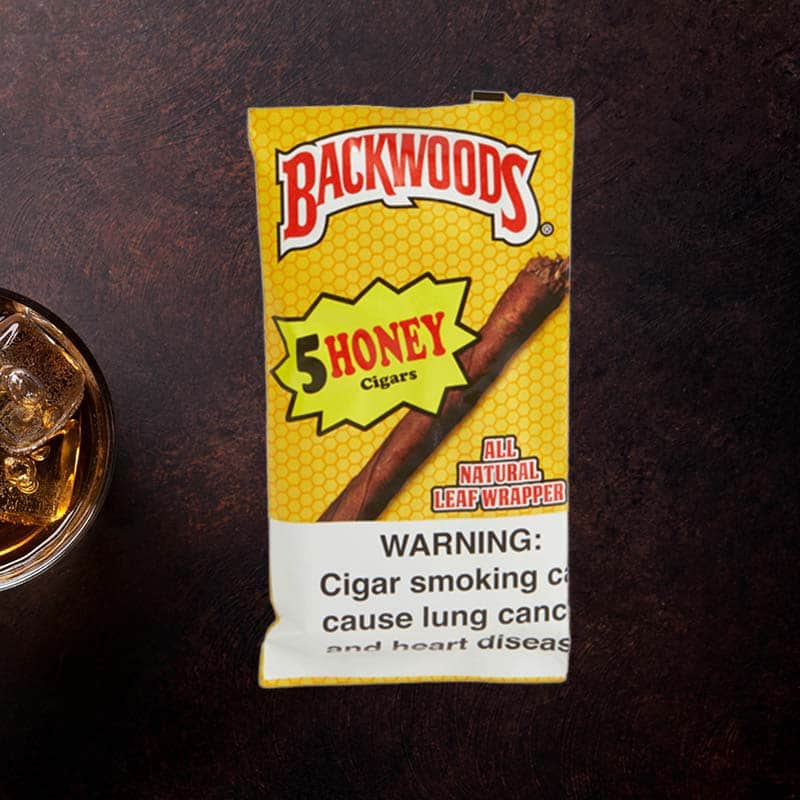Why is my torch lighter not working
As a long-time cigar aficionado, nothing frustrates me more than reaching for my trusty torch lighter, only to find it refusing to cooperate. This sense of irritation, mixed with curiosity, often leads me down a path of troubleshooting. Knowing how essential a properly functioning torch lighter is for a smoke session, let’s explore the common pitfalls that might be causing your torch lighter to malfunction, and discover ways we can remedy those issues together.
Understanding the Basics of Torch Lighters
Before we dive into troubleshooting, it’s essential to understand how torch lighters function. These handy tools use butane gas and a piezoelectric ignition system. When you click the ignition, a spark lights the gas, creating a strong flame that can easily light up my favorite cigars. The science behind them is fascinating, but the frustration of a non-working lighter can overshadow it!
Common Torch Lighter Issues

Identifying Frequent Problems
Like any other tool, torch lighters can encounter a range of issues. Here are the most common problems I’ve experienced:
- Insufficient fuel
- Clogged nozzle or ignition system
- Fuel leaks
- Issues with the piezoelectric igniter
- Moisture interference
Troubleshooting: Lighter Sparks But Won’t Light

Potential Causes and Solutions
Seeing sparks but no flame can be disheartening. Here’s how I troubleshoot:
- Check fuel levels – If low, refill.
- Inspect nozzle for clogs – If clogged, clean it.
- Look for leaks – Listen for hissing sounds and check for damage.
- Test the ignition system – If broken, replacement may be necessary.
Weak Flame: Common Culprits

How to Diagnose Flame Problems
A weak flame can ruin the entire lighting experience. Here’s what to look out for:
- Improper fuel levels – Refill if low.
- Wrong type of butane – Ensure you’re using high-quality fuel.
- Blockage in the nozzle – Clear any debris or residue.
Identifying Fuel Leaks
Signs of a Leak and Prevention Tips
Fuel leaks can be dangerous. Here’s what to watch for:
- Hissing sounds when not in use.
- Presence of butane smell.
- Visible damage to the lighter body.
Preventing leaks involves careful handling and storage. Always ensure your lighter is stored in a cool, dry place.
Out of Fuel: Checking Levels

How to Determine Fuel Status
Checking fuel levels seems obvious, but it’s easy to overlook. To determine your lighter’s status, gently hold it and give it a shake. A functioning lighter will produce a slight sound of liquid butane. If you hear none, it’s time for a refill!
Unclean Lighter: Cleaning and Maintenance Tips
Steps to Clean Your Torch Lighter
I can’t stress enough how crucial it is to keep my torch lighter clean. Here’s how I do it:
- Empty the lighter completely.
- Use compressed air to clear the nozzle.
- Wipe down the exterior with a soft cloth.
Understanding Hissing Sounds

What a Hissing Sound Could Mean
If I hear hissing, it’s time to investigate. This noise often indicates a fuel leak, meaning the butane is escaping. This is not only frustrating but potentially dangerous—all the more reason to act quickly if I hear this sound.
Impact of Dampness on Performance

How to Combat Moisture Issues
Humidity can wreak havoc on my lighter. If you notice decreased performance, moisture might be the culprit. To counteract this, I always store my lighter in a dry place and consider using silica gel packets for added protection.
Working with Safety Features

How Safety Mechanisms Might Affect Usage
Many torch lighters have safety features that prevent accidental ignition. While these are great for safety, they can sometimes be too effective! A lighter might not light due to trigger mechanisms being stuck or malfunctioning. I always ensure the safety feature is in the ‘off’ position before lighting.
Preventing Common Lighter Problems
Basic Maintenance Tips
To avoid issues, I’ve found that regular maintenance helps tremendously. Here are some basic tips:
- Regularly clean the lighter.
- Check fuel levels before use.
- Store in appropriate conditions.
Steps for Purging and Refilling Your Torch Lighter

Preparation Before Refilling
Before refilling my lighter, I always purge it to remove old fuel. This prevents unwanted mixtures and helps get the performance back in check.
How to Properly Purge Your Lighter
Essential Steps for Effective Purging
Here’s how I purge my torch lighter:
- Ensure the lighter is empty of fuel.
- Press the purge valve with a small tool for a few seconds.
- Wait for any residual gas to disperse.
Refilling with Butane: Best Practices

Choosing the Right Butane and Method
I always go for premium-grade butane. To refill, I turn the lighter upside down, align the refill nozzle, and press down firmly. I refill until gas begins to escape—this ensures it’s filled without under or overfilling.
Checking the Flame Adjustments

How to Adjust for Optimal Performance
When the flame is still not perfect, I check the adjustment. Many lighters have a small wheel—turning it clockwise increases the flame, while turning it counter-clockwise decreases it. Finding that sweet spot can make all the difference!
Reassembling Your Torch Lighter After Maintenance

Final Steps to Ensure Proper Function
Once I’ve followed all these steps, I make sure everything is securely put back together. Tightening screws and ensuring no parts are loose is vital for optimal performance.
FAQ
Why does my torch lighter spark but not light?

If your torch lighter sparks but doesn’t ignite, it may be due to low fuel, a clogged nozzle, or a malfunctioning igniter. Check these areas first for a solution.
Why is my butane torch not igniting?
A butane torch may not ignite if there’s insufficient butane, the igniter is defective, or if there’s debris blocking the flame port. Troubleshooting these issues can help restore functionality.
Why is my torch lighter not releasing butane?

If your torch lighter isn’t releasing butane, it could be due to a clogged valve or a malfunctioning trigger. A careful cleaning and inspection may help identify the problem.
How to fix torch not lighting?

To fix a torch not lighting, check the fuel level, inspect for clogs, ensure the igniter is functioning, and examine for fuel leaks. These steps usually help resolve lighting problems!
